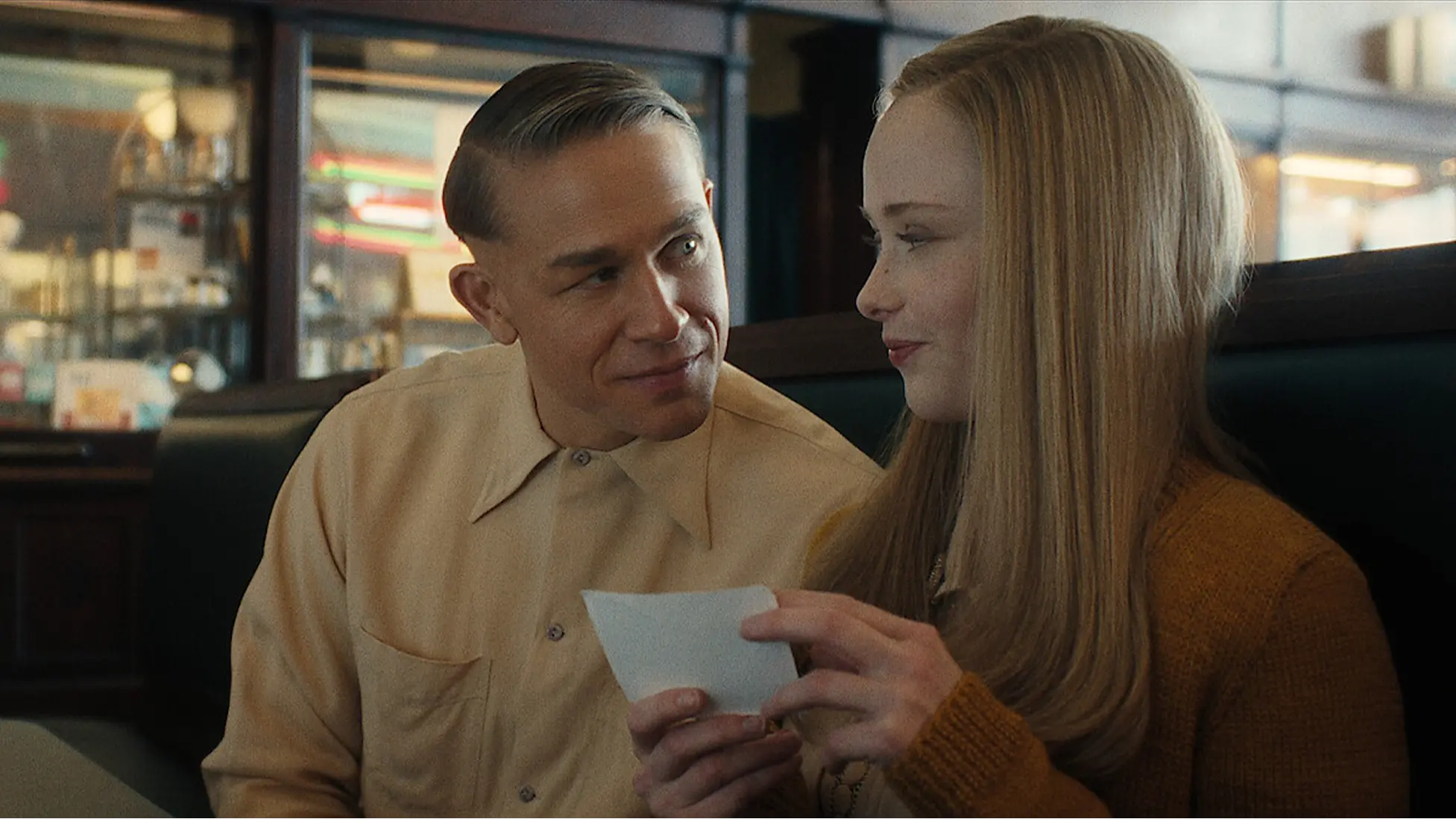Did Ed Gein have any contact with Birdman in real life as shown in Netflix’s Monster: The Ed Gein Story? There is no verified record that Ed Gein contacted or corresponded with “Birdman.” In the finale, Richard Speck, nicknamed Birdman, is shown writing admiring letters to the Plainfield killer, yet reporting on the season notes no evidence of actual letters or meetings. Gein was confined in Wisconsin after his 1957 arrest and remained institutionalized until he died in 1984, while Speck served time in Illinois from 1967 until he died in 1991.
The series uses Birdman to show how Gein became a reference point for later killers and for pop culture figures tied to his crimes, including Psycho, The Texas Chain Saw Massacre, and The Silence of the Lambs. So the letters are a device. The overlap in reality is cultural, not personal.
Did Ed Gein ever have contact with Richard “Birdman” Speck? The documented record
Gein and Birdman have no verified correspondence or meetings in the public record. People’s episode guide dated October 7, 2025, notes that Birdman is shown writing to Ed Gein, but it adds that there is no evidence they ever corresponded. Local coverage out of Wisconsin and Milwaukee reviews echo that finding when addressing whether the letters happened. This is consistent with what can be reconstructed from custody timelines that are not in dispute.
Gein was apprehended in 1957 and committed to Central State Hospital before transfer to Mendota Mental Health Institute, where he remained after being found not guilty by reason of insanity in 1968. He died in 1984.
Birdman entered the Illinois prison system after his 1967 conviction, tied to the murders of eight student nurses, with no release. He died in custody in 1991.
Across those decades, Ed Gein was under psychiatric care in Wisconsin and Birdman was housed in Illinois corrections. Those settings were separate institutions under different authorities, across a state line, during years when inmate mail was monitored and would likely leave traces in archives or case files.
No such record has surfaced in court documents, verified institutional histories, or credible press repositories. What the series provides is a narrative tool that dramatizes how Gein’s crimes and image echoed into later eras. That tool takes the form of Birdman letters, which serve the story’s theme about imitation and notoriety rather than a sourced exchange between two men. So when the finale shows Birdman writing to him, it is staging an idea, not documenting a paper trail.
Birdman in Monster: The Ed Gein Story: What the finale shows vs. what really happened
The finale of Monster: The Ed Gein Story stages Birdman writing letters to Ed Gein, then widens into an influence sequence that blends history and film. As per the Netflix Tudum report dated October 7, 2025, co-creator Ryan Murphy said,
“The interesting thing about the show is the thesis statement of every season is: Are monsters born or are they made?”
Co-creator Ian Brennan stated,
“This whole series, it turns the camera right on us. It really matters what you look at and the images and stories you consume. They do stick with you, and they do have an impact.”
As per an Entertainment Weekly report dated October 6, 2025, Charlie Hunnam remarked,
“Once I said yes to this, I thought I’d made a horrible mistake.”
Those lines explain why Birdman works as a symbol of legacy, while the verified record keeps the two men apart.
Who the real “Birdman” was: Crimes, nickname, and why he appears here
Birdman is Richard Speck, convicted in 1967 for murdering eight student nurses. His nickname is from a sparrow in Stateville prison. As per Encyclopedia Britannica dated October 4, 2025, his sentence changed after 1972, and he died in 1991. He appears in Monster: Ed Gein to mark Ed Gein’s cultural reach.
Stay tuned for more updates.
 Charlie Hunnam as Ed Gein in Diner-booth scene from Netflix’s Monster: The Ed Gein Story. Image courtesy of Netflix.
Charlie Hunnam as Ed Gein in Diner-booth scene from Netflix’s Monster: The Ed Gein Story. Image courtesy of Netflix.